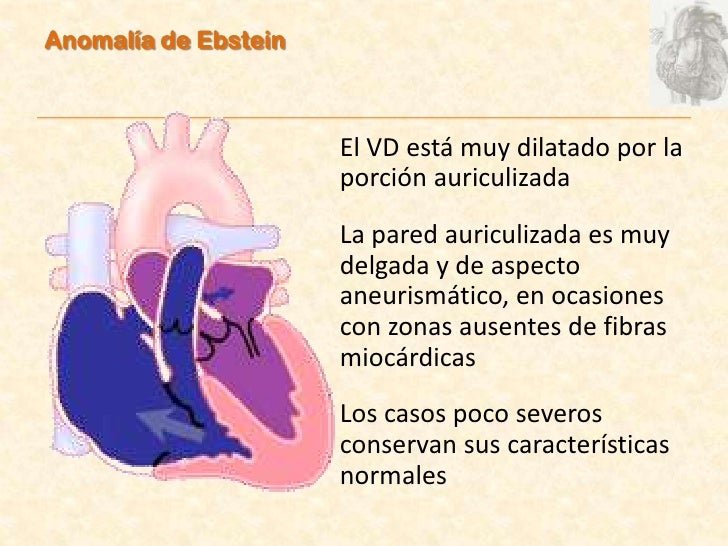

He was admitted to the medical intensive care unit and started on vancomycin and zosyn for endocarditis. Pertinent labs included white blood cell count 33.6 k/uL, brain natriuretic peptide (BNP) 3,517 pg/mL, hemoglobin 10.5 g/dL with MCV 79.9 fl, HIV screening test negative, hepatitis C antibody positive, and urine drug screen positive for barbiturates. Electrocardiogram was consistent with right bundle branch block with QRS duration 124 ms. The patient was hypotensive, hypoxic, tachycardic, and tachypneic on admission. No splinter hemorrhages, Osler nodes, or Janeway lesions were visualized. He also had right upper quadrant tenderness, Murphy’s sign positive, and 3+ pitting edema in the lower extremities. He had a 2/6 holosystolic heart murmur heard best at the left sternal border and apex, which increased with respiration. He reused needles and tested negative for HIV and hepatitis one year prior to admission.Įxam on presentation was significant for a man in moderate distress. He had a 30-pack year smoking history and admitted to using intravenous heroin just prior to admission. He had lost contact with his biological mother. His mother was an alcoholic and likely used lithium, which he believed were continued during pregnancy. He denied cardiac history and ever having been “blue” as a child. He denied taking any medications and denied drug allergies. Previously he had been able to walk indefinitely, but at this time he could only walk a few steps before becoming fatigued. He also complained of fever, chills, chronic cough, pleuritic chest pain, and abdominal pain. He had shortness of breath and leg swelling for one month, which worsened in the past week. The patient is a 43-year-old male with a history of intravenous heroin abuse who presented to the emergency department with worsening shortness of breath and lower extremity edema. Rarely will Ebstein’s anomaly remain undetected into late adulthood and present as an incidental finding. It has been thought that Ebstein’s anomaly with tricuspid regurgitation can predispose a person to tricuspid valve endocarditis, but very few cases in the literature have shown this. Transthoracic echocardiogram is the test of choice for diagnosing Ebstein’s anomaly. Electrocardiogram findings in Ebstein’s anomaly include tall and peaked p waves, widened QRS with or without right bundle branch block, and qR pattern in leads V1–V4. Forty-seven percent of adult patients with Ebstein’s anomaly have cyanosis due to increased right atrial pressure from tricuspid regurgitation. On exam, patients will present with murmur of tricuspid regurgitation, widely split first heart sound, and jugular venous distention. When it presents in adulthood, it will typically present with symptomatic arrhythmia, usually tachycardia, or right or left sided heart failure. It has a wide spectrum of clinical presentations and has been shown to manifest itself any time from birth to adulthood.

The incidence of Ebstein’s anomaly is about 1 per 200,000 live births. IntroductionĮbstein’s anomaly is a rare congenital heart disease that presents with apical displacement of the septal and posterior leaflets of the tricuspid valve. To our knowledge, this represents the fifth reported case of a new diagnosis of Ebstein’s anomaly in the setting of endocarditis and the second case of Ebstein’s anomaly and endocarditis in an intravenous drug abuser. There have been few reports of tricuspid valve endocarditis with Ebstein’s anomaly in the literature. This is a rare case of an adult who presented with asymptomatic Ebstein’s anomaly. It also demonstrated severe right heart enlargement with atrialization of the right ventricle and apical displacement of the tricuspid valve consistent with Ebstein’s anomaly. A transthoracic echo showed normal left ventricular function, but a large 2.2 × 2.1 cm echodensity on the septal leaflet of the tricuspid valve consistent with vegetation with severe tricuspid regurgitation and probable leaflet perforation. Our patient is a 43-year-old male with a history of intravenous heroin abuse who presented to the emergency department with worsening shortness of breath and lower extremity edema. Ebstein’s anomaly is a rare congenital heart disease that presents with apical displacement of the septal and posterior leaflets of the tricuspid valve.


 0 kommentar(er)
0 kommentar(er)
